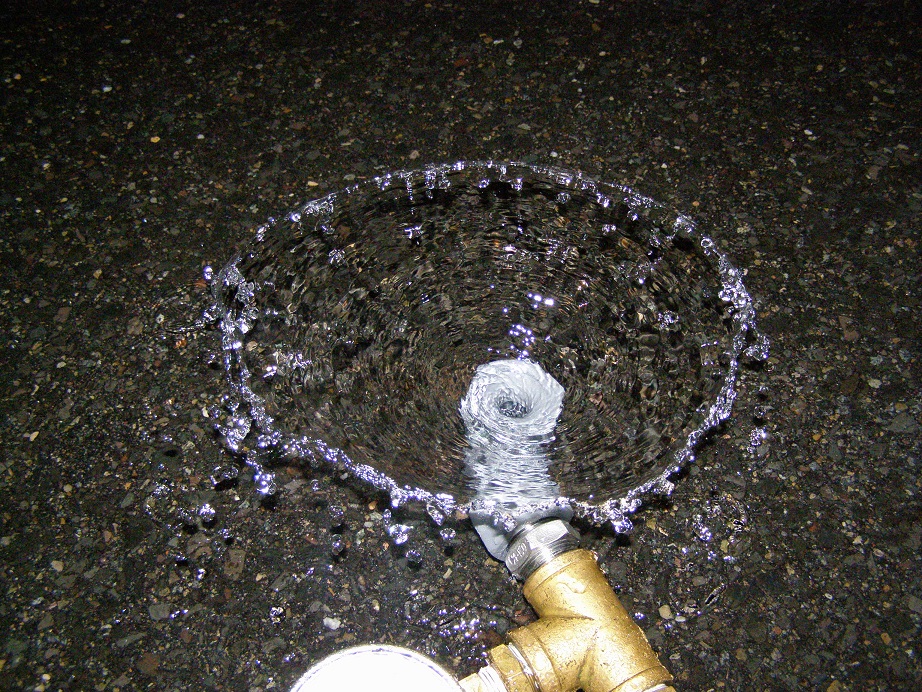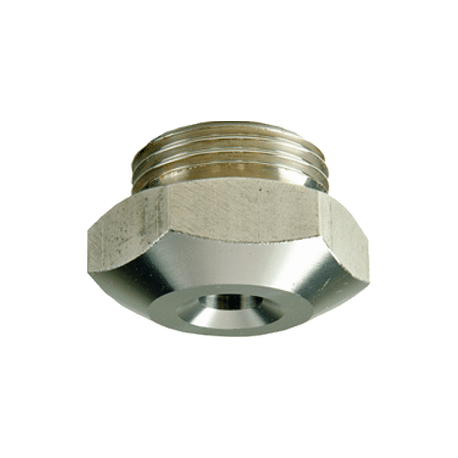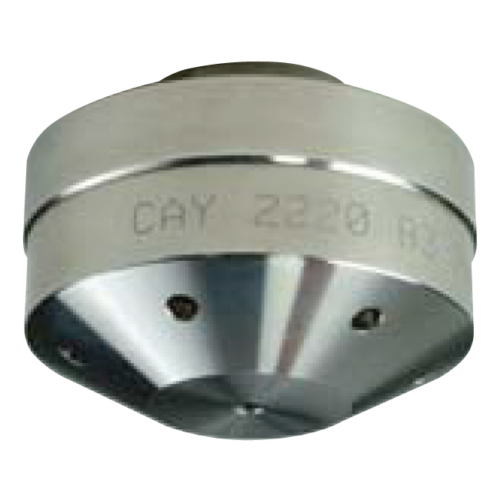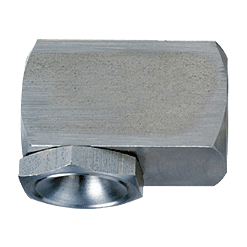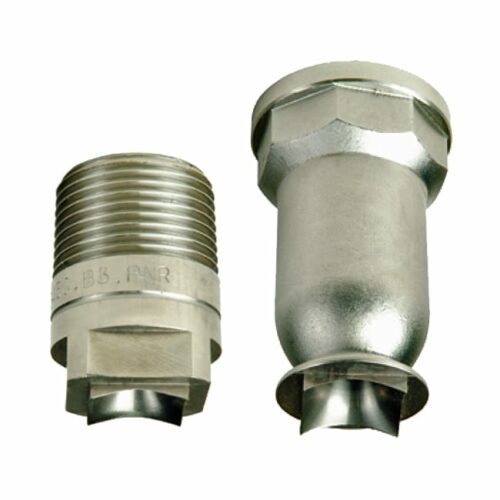Axial Nozzles vs Tangential Nozzles
November 15, 2022
Spray nozzles are often divided into four overarching groups: Full cone nozzles, hollow cone nozzles, straight jet nozzles and flat fan nozzles. The full cone and hollow cone nozzles can then be classified as tangential or axial, but what does this mean and how should you choose the right nozzle for your application?
In this article we cover off the main differences between the Axial and Tangential Nozzles, to help you to make the right choice.
There are two areas of consideration when it comes to tangential design and axial design nozzles: their installation and operation.
INSTALLATION
Axial and tangential nozzles differ in the way they are installed. With an Axial nozzle, the spray is produced in the same direction in which the nozzle was screwed on, but for the Tangential nozzle, the spray exits at 90 degrees to the direction in which the nozzle was screwed on.
OPERATION.
The second difference between axial design and tangential design nozzles lies in how the liquid is injected into the nozzle. With axial designs, the liquid is injected in line with the spray direction, with tangential nozzles the liquid is injected at an angle to the spray direction into a whirl chamber, which creates a uniform area distribution that is evenly dispersed.
Axial Nozzle
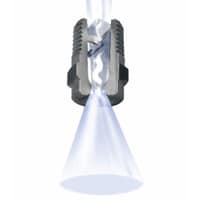
Tangential Nozzle
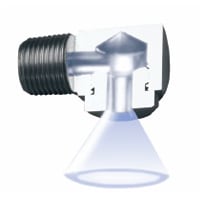
AXIAL FULL CONE NOZZLES.
These nozzles use a specially shaped vane placed at the nozzle inlet to give a rotational speed to the fluid flowing through the nozzle. Because of the rotational speed of the fluid, water exiting the nozzle orifice is subjected to centrifugal force and opens up in the shape of a full cone. Ideal for applications such as washing and surface spraying.
TANGENTIAL FULL CONE NOZZLES.
This type of full cone nozzle produces a high and strong rotation of the liquid. There’s no vane inside the whirl chamber which has free internal passages and for this reason these nozzles are less prone to clogging. Moreover, a specially designed tip placed at the bottom of these nozzles increases their atomizing effect. Ideal for applications such as injection of chemical components and gas scrubbing.
AXIAL HOLLOW CONE NOZZLES.
Axial hollow cone nozzles have spiral grooves in the swirl insert that create a liquid whirlwind effect. This effect generates small uniform droplets that are absorbed faster, cool quicker and moisturize better. Ideal for applications such as cooling and cleaning of gas, dust and fume control.
TANGENTIAL HOLLOW CONE NOZZLEs.
The tangential hollow cone nozzle is designed with an off-center inlet combined with a 90° turn. These nozzles use a tangential injection of liquid into a whirling chamber to generate centrifugal forces which break up the liquid vein as soon as it leaves the orifice to obtain very large spray angles. Typical applications for tangential hollow cone nozzles include, air humidification, foam control and cooling
SUMMARY:
The axial design creates an even spray over a circular area generated by a revolving motion of the liquid and is perfect for higher impact applications such as, cleaning and surface spraying. Unlike axial, the tangential design works with a offset passage inside these nozzles that injects the fluid into the turbulence chamber, where the centrifugal force produces a high rotation speed and generates a spray cone. Overall, in comparing the two it’s important to prioritise the strengths dependent on your application. Axial cone nozzles have a uniform and precise distribution, but can be prone to clogging, whereas tangential cone nozzles have a less uniform distribution, but a high resistance to clogging.
For assistance selecting the best nozzle for your application, speak to one of the Tecpro experts today!

